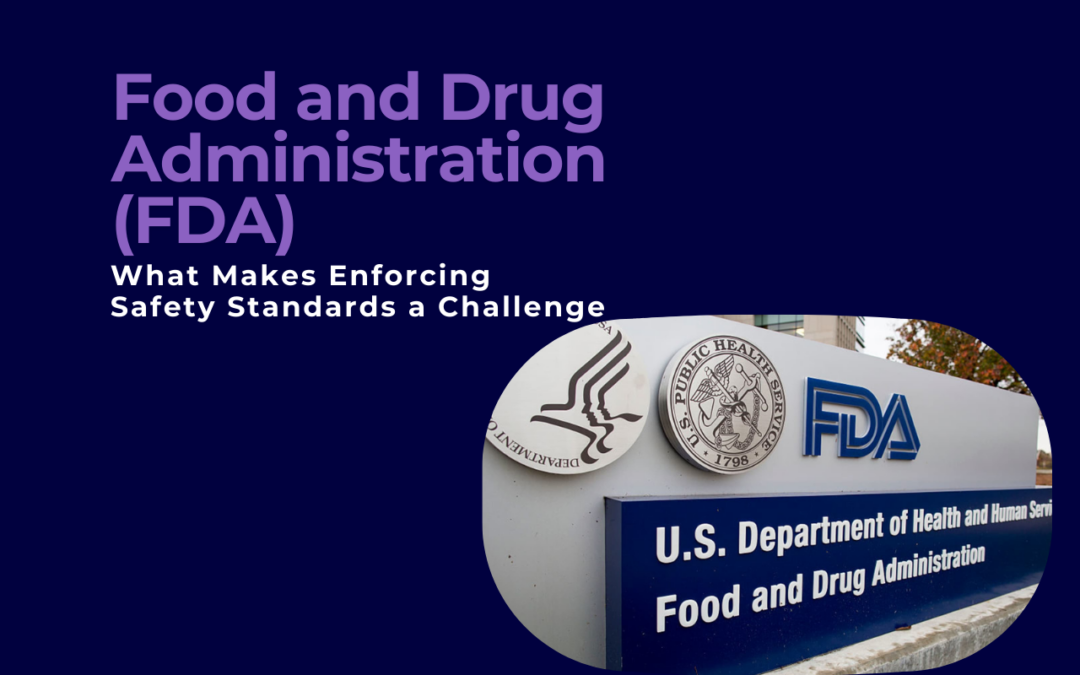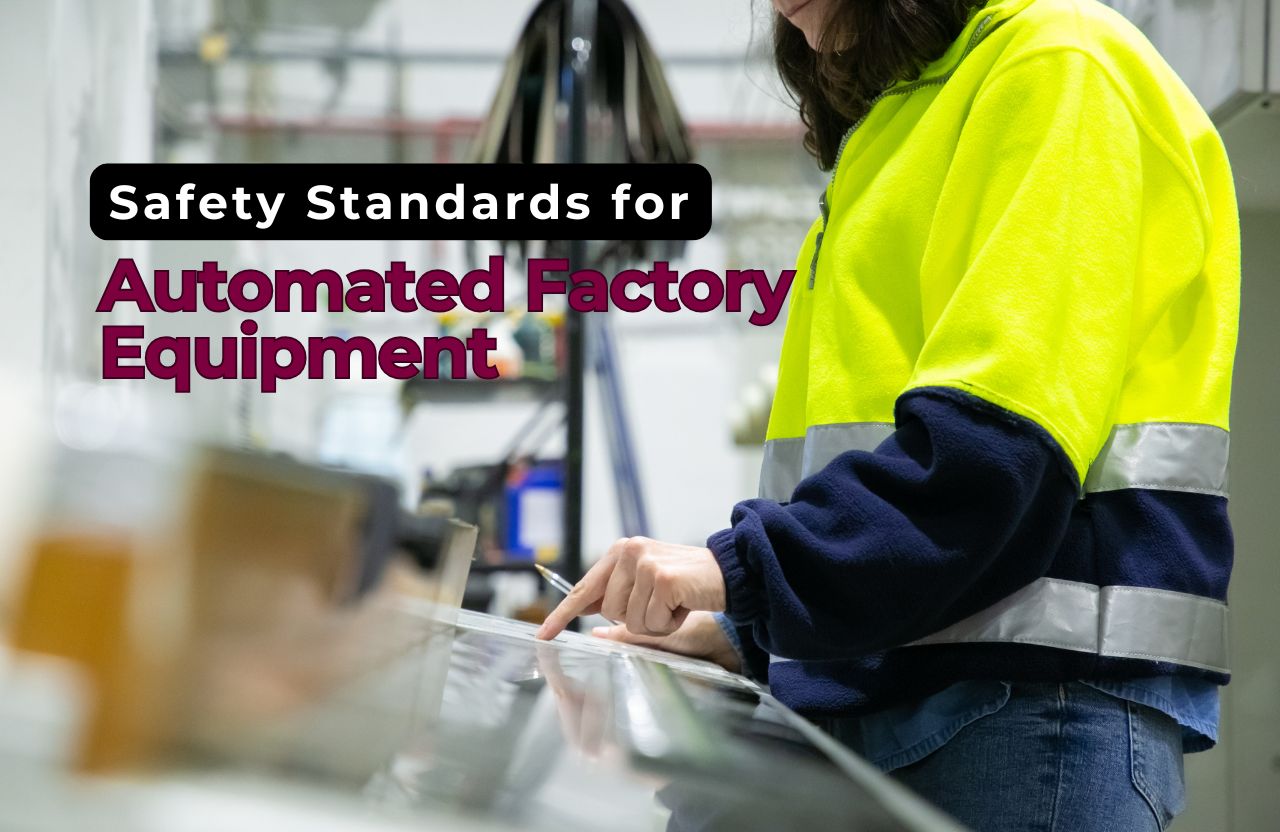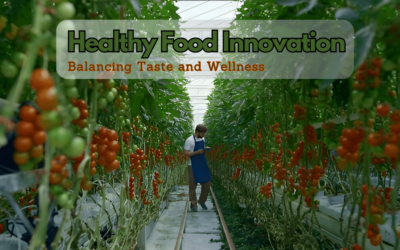The Food and Drug Administration (FDA) plays a pivotal role in ensuring that the food, drugs, medical devices, and cosmetics available to the public are safe and effective. However, the task of enforcing safety standards is far from simple. It involves navigating a web of scientific complexities, global supply chains, legal and regulatory frameworks, financial constraints, and rapidly evolving consumer and industry dynamics. This blog delves into the multifaceted challenges the FDA faces in enforcing safety standards and protecting public health.
1. Evolving Scientific and Technological Innovations
One of the most pressing challenges for the FDA is keeping up with scientific advancements. New food production techniques, cutting-edge biotechnologies, and the development of pharmaceuticals are constantly emerging, often at a pace that outstrips existing safety regulations. The FDA must rigorously assess the safety and efficacy of these innovations, but this requires specialized expertise, research funding, and extensive evaluation processes. For instance:
- Genetically Modified Organisms (GMOs) have sparked debates over their long-term health impacts, but the rapid adoption of this technology has made it difficult to create concrete safety guidelines quickly.
- The use of nanotechnology in food packaging and drug delivery systems presents novel safety concerns, yet the regulatory framework hasn’t yet caught up to these new methods.
- Biologics (such as vaccines and advanced therapies) are being developed faster than the FDA can regulate, leaving gaps in oversight that could result in untested, yet widely available, treatments.
The FDA must continuously evolve its safety protocols, yet balancing innovation with public protection is an ongoing challenge. Scientific knowledge evolves far more quickly than regulatory frameworks, leaving the FDA playing catch-up.
2. Globalization of Supply Chains
The globalization of food and drug supply chains has broadened access to products but also introduced a significant challenge in oversight and enforcement. A substantial portion of the food consumed in the U.S. is now imported from countries around the world, and the same applies to pharmaceuticals. This globalized system is highly efficient but also exposes the U.S. to risks from food and drugs that may not meet local safety standards. Some of the issues that arise due to this globalization include:
- Inconsistent international regulations make it difficult for the FDA to track compliance across borders.
- Lack of transparency in some foreign production facilities means inspections are limited, and the agency has to rely heavily on the integrity of foreign regulatory bodies.
- Supply chain complexities make it challenging to trace the origin of contaminated products—whether they are in food imports, active pharmaceutical ingredients (APIs), or medical devices.
For example, in 2018, the FDA faced significant challenges with imported produce contaminated with pathogens. Many of these products came from countries with varying safety standards, which made it difficult to ensure consistent oversight.
3. Limited Resources and Funding
The FDA is responsible for overseeing thousands of products across diverse industries food, drugs, cosmetics, medical devices, and more. However, limited resources and funding pose significant obstacles to carrying out its duties effectively. With budget constraints, the FDA must prioritize inspections, recalls, and investigations based on risk rather than routine surveillance, which creates gaps in safety oversight:
- Insufficient funding means the FDA is unable to conduct as many routine inspections as required, leading to delayed enforcement actions and an increased risk of unsafe products entering the market.
- Staff shortages further hinder efforts, as the FDA lacks enough inspectors, scientists, and compliance officers to keep pace with demand.
- Backlog in investigations delays responses to safety incidents, making it harder to take proactive measures before widespread harm occurs.
In 2023, the FDA’s budget was criticized for falling short, leaving the agency unable to expand its monitoring capacity adequately. This has led to longer wait times for recalls, delayed responses to emerging threats, and insufficient follow-ups on imported products.
4. Complexity of Emerging Risks
The emergence of new and unforeseen risks is another significant challenge for the Food and Drug Administration (FDA). From contamination by harmful bacteria in food to residual chemicals in medications, the safety landscape is constantly evolving:
- Antimicrobial resistance is one of the most critical concerns in food safety today, with bacteria becoming resistant to antibiotics due to overuse in food production.
- Emerging contaminants like PFAS (per- and polyfluoroalkyl substances), found in packaging, have long-lasting health implications, but detecting them requires advanced testing methods and regulatory action.
- Unexpected allergen exposures continue to be a challenge. With food becoming increasingly diverse and complex, allergens like gluten or peanuts can unexpectedly appear in processed foods, posing serious health risks.
The FDA has to react swiftly to emerging risks, but ensuring that all aspects—research, surveillance, public warnings—are aligned in a timely manner remains a significant hurdle.
5. Legal and Regulatory Hurdles
The regulatory environment under which the Food and Drug Administration (FDA) operates is often slow to adapt to scientific innovations and changing industry practices. Updating laws or introducing new regulations can take years due to bureaucratic delays, political resistance, and lobbying by powerful industries. This slow pace leads to:
- Outdated regulatory frameworks that don’t reflect current scientific knowledge or technological advancements.
- Difficulty in enforcing rapidly evolving compliance due to legal loopholes, unclear guidelines, and slow legislative changes.
- Pressure from industry lobbies to resist stricter regulations, which can prevent necessary changes that would ensure greater safety for consumers.
For example, in recent years, the FDA has faced criticism for its slow response to e-cigarette safety concerns, where regulations on nicotine delivery and marketing strategies lagged behind the rapidly growing industry.
6. Public Misinformation and Resistance
Misinformation about food and drug safety is spreading faster than the FDA can counter. This creates an environment where consumers may ignore safety warnings, resist vaccines, or purchase unregulated supplements that could harm them. Misinformation often comes from:
- Influencers and social media platforms that spread false claims about the safety of certain products.
- Vaccine hesitancy fueled by misinformation about vaccine side effects and efficacy, leading to outbreaks of preventable diseases.
- Consumer resistance to government mandates, such as restrictions on additives or food ingredients.
The FDA has to invest heavily in public education campaigns to counter misinformation, but the reach and effectiveness of these efforts are limited compared to the widespread spread of false claims.
7. Balancing Innovation with Safety
The Food and Drug Administration (FDA) is tasked with promoting innovation while ensuring safety—a balancing act that is particularly challenging in sectors like pharmaceuticals and medical devices. On one hand, the agency encourages new drug development to address health crises, but on the other, it must ensure that these products do not pose unreasonable risks to consumers:
- Accelerated approval processes aim to bring life-saving drugs to market quickly, but they sometimes lead to post-market safety concerns that emerge after wider use.
- Limited post-market surveillance can lead to unexpected adverse effects that might have been missed in initial trials.
- Pressure from pharmaceutical companies to approve medications faster without comprehensive long-term studies often puts the FDA in a difficult position.
For example, the FDA’s approval of emergency-use vaccines during the COVID-19 pandemic was hailed as a success but also highlighted the challenges of ensuring safety under high-pressure conditions with limited data.
8. Fragmented Oversight Across Agencies
The FDA collaborates with several federal, state, and local agencies in enforcing safety standards, but fragmentation between these bodies creates gaps in oversight. Each agency may have overlapping jurisdictions or different priorities, making it harder to ensure cohesive and unified enforcement:
- Coordination with the USDA (U.S. Department of Agriculture) is essential for food safety but has been inconsistent, particularly in cases where food products cross jurisdictional boundaries.
- State health departments play a significant role in enforcement, but the lack of consistency in inspections, recalls, and compliance reporting often weakens nationwide efforts.
- Cross-agency communication breakdowns can delay recalls, increase confusion in safety alerts, and hinder swift regulatory action.
For example, outbreaks of foodborne illnesses often involve coordination between the Food and Drug Administration (FDA), the CDC (Centers for Disease Control and Prevention), and state agencies. Delays in sharing information between these bodies have contributed to lapses in preventing outbreaks.
Conclusion
Enforcing safety standards is a complex and multifaceted challenge for the Food and Drug Administration (FDA), requiring constant vigilance amid shifting technological, regulatory, and public landscapes. From global supply chains to scientific advancements, limited resources, and misinformation, the agency faces numerous obstacles that hinder its ability to keep consumers safe. Addressing these challenges will require better funding, enhanced international collaboration, public education, and streamlined regulations—all while maintaining its commitment to balancing innovation and safety. Without these improvements, the FDA’s task of protecting public health will continue to face significant hurdles in an increasingly complex world.












